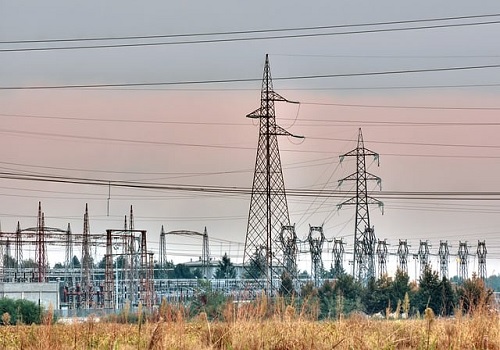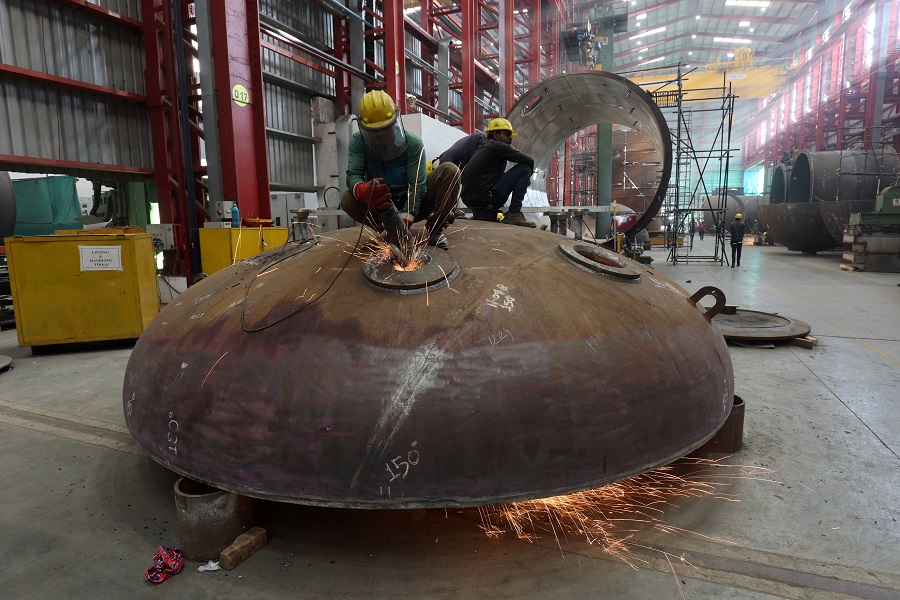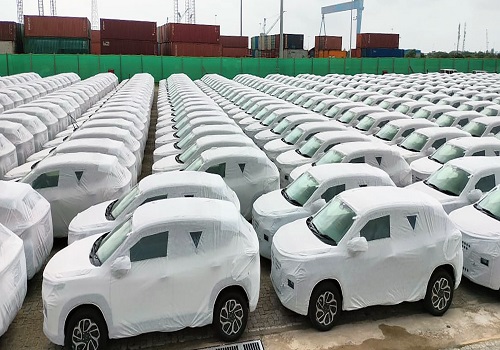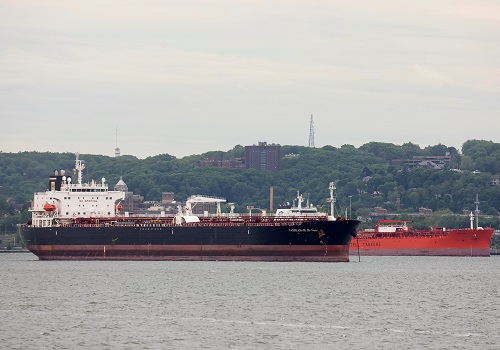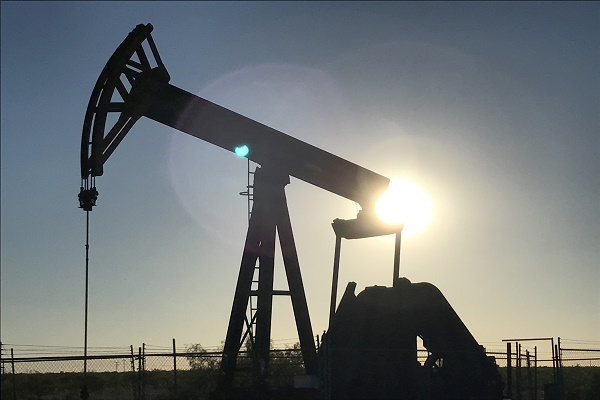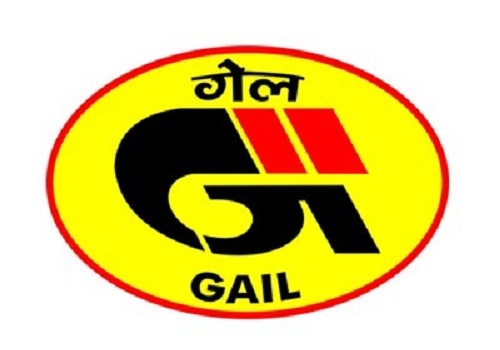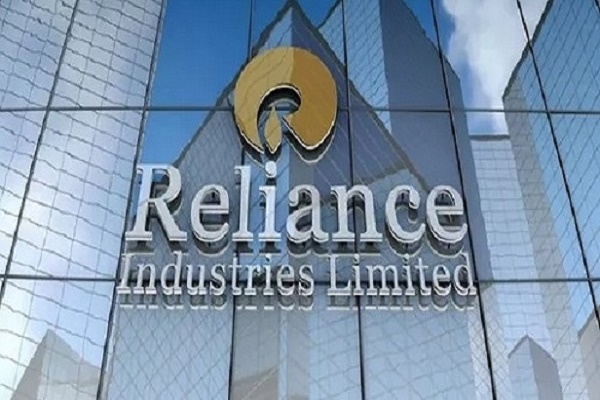Oil and Gas Sector Update : 3Q preview Steady to weak quarter, OMCs the exception By JM Financial Services
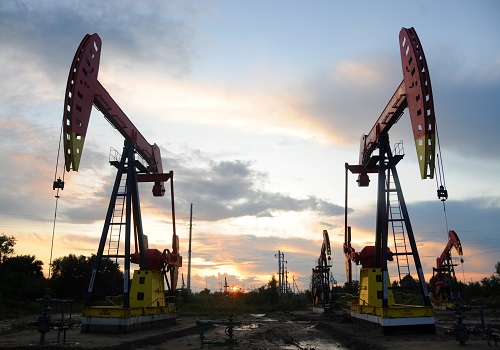
3Q preview: Steady to weak quarter, OMCs the exception
In 3QFY25, we expect RIL’s EBITDA to grow 7.3% QoQ led by improvement in GRM and pass-through of Telecom tariff hikes while muted growth in Retail business continues. ONGC/Oil India’s 3QFY25 EBITDA likely to be flattish to slightly higher QoQ as some increase in crude & gas sales volume might be offset by a tad lower crude realisation. OMCs’ 3QFY25 EBITDA could jump sharply QoQ driven by strong marketing margin (partly offset by LPG losses), improvement in GRM and minimal inventory loss. GAIL EBITDA may decline 6% QoQ on moderation in gas trading margin; GSPL PAT is likely to be flattish QoQ while PLNG PAT could grow 5% QoQ. CGD companies’ earnings could decline sharply due to sharp APM allocation cuts and limited CNG price hike. We maintain BUY on RIL as we believe CMP is trading near our bear-case valuation of INR 1,230, net debt will decline gradually as capex will moderate and be fully funded internally, and EPS could grow by 14-15% CAGR over the next 3-5 years. We reiterate BUY on ONGC/Oil India given ~12%/25% production growth outlook in the next 1-3 years and our expectation of OPEC+ supporting crude ~USD 70-75/bbl. We also maintain our BUY on GAIL and GGas. However, we maintain our cautious view on OMCs (SELL on HPCL and IOCL; HOLD on BPCL) as risk-reward is still unfavourable. We maintain our SELL on IGL and MGL due to significant downside risk to earnings and multiple on account of deterioration in their pricing power due to sharp APM allocation cuts; we maintain HOLD on PLNG due to capital misallocation concerns.
* RIL’s 3QFY25 EBITDA is likely to grow 7.3% QoQ led by improvement in GRM and pass-through of Telecom tariff hikes while muted growth in Retail business continues:
RIL’s 3QFY25 EBITDA is likely to grow 7.3% QoQ to INR 419bn led by 10.3% QoQ growth in O2C EBITDA on account of improvement in GRM and 4.6% QoQ growth in Digital EBITDA as the Jul'24 tariff hike continues to pass-through their ARPU; however, muted growth in Retail business EBITDA continues (up 5.8% QoQ, but down 1.1% YoY) due to scale-down in the B2B business. Key assumptions: a) O2C EBITDA may grow 10.3% QoQ to INR 137bn due to improvement in GRM to ~USD 8.6/bbl vs. S’pore Dubai GRM of USD 5.0/bbl (and vs. RIL’s implied GRM of ~USD 7.1/bbl in 2QFY25) due to recovery in diesel cracks while refining throughput could be ~2% lower QoQ at 16.0mmt; however, weakness in petchem margin is expected to continue, though flattish QoQ; b) E&P EBITDA to be flattish QoQ at INR 53bn due to largely flattish gas output and price; c) Retail EBITDA is likely to decline 1% YoY to INR 62bn due to scale-down in B2B business; d) Digital EBITDA is expected to grow 4.6% QoQ to INR 169bn on 4.6% QoQ rise in ARPU to INR 204 as the Jul'24 tariff hike continues to pass through their ARPU - Exhibit 1.
* ONGC/Oil India’s 3QFY25 EBITDA likely to be flattish to slightly higher QoQ as some increase in crude & gas sales volume might be offset by a tad lower crude realisation:
ONGC and Oil India’s net crude realisation adjusted for windfall tax will be lower ~USD 1/bbl QoQ at USD 71-73/bbl in 3QFY25 given fall in Brent crude price below USD 75/bbl (Brent averaged at USD 74.7/bbl in 3QFY25 vs. USD 80.3/bbl in 2QFY25); removal of windfall tax is positive but much impact won’t be seen in 3QFY25. ONGC and Oil India’s gas realisations could be slightly higher QoQ with domestic APM gas realisation being capped at USD 6.5/mmbtu and 5-7% of APM gas (~4.7mmcmd for ONGC as per management during 2QFY25 concall) being reclassified as New Well Gas (NWG) with higher realisation of ~USD 9/mmbtu. ONGC’s crude and gas sales volume is likely to be up ~1% QoQ due to gradual ramp-up in KG DW 98/2 output; Oil India crude and gas sales volume is also likely to be up ~1% QoQ. Hence, ONGC’s 3QFY25 EBITDA is expected to be largely steady QoQ while Oil India’s 3QFY25 EBITDA is expected to be ~3% higher QoQ — Exhibit 2.
* OMCs’ 3QFY25 EBITDA to jump sharply QoQ driven by strong marketing margin (partly offset by LPG losses), improvement in GRM and minimal inventory loss:
OMCs are likely to report significant QoQ improvement in EBITDA (on a low base) on strong auto-fuel marketing margin (partly offset by LPG losses), improvement in GRMS aided by recovery in diesel cracks and minimal inventory loss — Exhibit 3. OMCs’ weighted average auto-fuel gross marketing margin has further strengthened to INR 9.5/ltr in 3QFY25 (vs. INR 6.4/ltr in 2QFY25), though this is likely to be partly offset by QoQ rise in OMCs LPG under-recoveries to (~INR 100-110bn in 3QFY25 vs INR 78.7bn in 2QFY25) in the absence of any government compensation — Exhibit 11. Further we expect OMCs’ 3QFY25 reported GRM to improve to USD 6.0-7.4/bbl (vs. USD 1.6-4.4/bbl reported in 2QFY25) driven by recovery in diesel cracks (USD 14.6/bbl in 3QFY25 vs. USD 12.8/bbl in 2QFY25) and minimal crude inventory loss (of USD 0.1-0.2/bbl in 3QFY25 vs. loss of USD 1.5-2/bbl in 2QFY25) as Brent crude price averaged at USD 73.8/bbl in Dec’24 vs. USD 74.3/bbl in Sep’24) — Exhibit 4-8. Hence, we expect 3QFY25 EBITDA to jump sharply by 202% QoQ for IOCL, 93% QoQ for HPCL and 70% QoQ for BPCL on a low base
* GAIL’s EBITDA to decline 6% QoQ on moderation in gas trading margin; GSPL’s PAT seen flattish QoQ while PLNG PAT could grow 5% QoQ:
India’s domestic gas demand in 3QFY25 is expected to decline by a marginal ~1% QoQ driven by high spot LNG prices — Exhibit 17. GAIL could see largely flattish QoQ growth in gas transmission volume at 130mmscmd and gas trading volume at 99mmscmd; petchem sales volume may be a tad lower QoQ at 220kt (from 226kt in 2QFY25) while LPG sales volume could be flattish QoQ at 255kt. GAIL’s 3QFY25 EBITDA could decline 6.2% QoQ due to moderation in gas trading margin on account of high US HH gas price and lower oil-linked LNG price, and some moderation in petchem segment EBITDA due to global prices. GSPL could also see ~1% QoQ rise in transmission volume to 30.0mmscmd driven by recovery in volume for Gujarat Gas while transmission EBITDA margin may be steady QoQ at ~INR 990/tcm. Hence, we expect GSPL’s 3QFY25 EBITDA to be flattish QoQ at INR 1.9bn. PLNG’s 3QFY25 PAT is expected to be up 5% QoQ with regas volume and margin likely to be steady QoQ; we expect inventory/trading gain of INR 1.0bn — Exhibit 14.
* CGD companies’ earnings to decline sharply due to sharp APM allocation cuts and limited CNG price hike:
IGL’s 3QFY25 EBITDA could decline by a sharp ~40% QoQ as we expect EBITDA margin to decline sharply to ~INR 3.6/scm (from INR 6.5/scm) on account of sharp ~30% APM allocation cuts and limited CNG price hike (no hike in Delhi); volume growth is expected to be steady at 1.2% QoQ and 7.7% YoY (at 9.1mmscmd). MGL’s 3QFY25 EBITDA is likely to decline by sharp ~26% QoQ as we expect EBITDA margin to fall sharply to ~INR 7.9/scm (from INR 10.7/scm) on account of sharp ~30% APM allocation cuts and limited CNG price hike; volume growth is expected to be steady at 0.7% QoQ and 10.9% YoY (at 4.1mmscmd). For Gujarat Gas (GGas), we expect EBITDA to decline by 13% QoQ as we expect EBITDA margin to decline sharply to ~INR 5.1/scm (from INR 6.5/scm) on account of ~30% APM allocation cuts and limited CNG price hike; however, volume could grow 8.3% QoQ on a low base to 9.5mmscmd led by recovery in volumes in Morbi
* Change in estimates and TP:
We have cut ONGC’s FY25-27 EBITDA by 2-4% to account for 3QFY25 result expectations, slight moderation in production growth estimate and slightly higher opex; hence, TP has been cut slightly to INR 315 (from INR 320). We have cut GAIL’s FY25-27 EBITDA estimate by 5-7% to account for potential cut of entire 1.75mmscmd of APM allocation for its LPG & OHC business (after recent reduction of ~0.64mmcmd); hence, TP has been reduced to INR 235 (from INR 250). We have cut GSPL’s TP to INR 425 (from INR 435) due to reduction in value of its stake in GGas (which we value at CMP less 20% holding discount)
* Prefer RIL, ONGC/Oil India, GGas and GAIL; maintain cautious view on OMCs, IGL, MGL and PLNG:
We reiterate BUY on RIL (TP INR 1,660) as we believe CMP is trading near our bear-case valuation of INR 1,230, net debt could decline gradually as capex will moderate and be fully funded internally, and EPS is expected to grow by 14-15% EPS CAGR over the next 3-5 years with Jio’s ARPU expected to rise at 11-12% CAGR over FY24-28. Further, Jio’s listing in the next 9-12 months could lead to be a potential re-rating trigger. We also reiterate BUY on ONGC (revised TP of INR 315) and Oil India (TP INR 615) given ~12%/25% production growth outlook in the next 1-3 years and our expectation of OPEC+ supporting crude ~USD 70-75/bbl; Oil India also benefits from lucrative NRL capacity expansion — Exhibit 20. Further, we maintain BUY on GAIL (revised TP of INR 235) on steady growth visibility in gas transmission business; we also reiterate BUY on GGas (TP of INR 600) as we expect spot LNG prices to moderate in the medium to long term. However, we maintain our cautious view on OMCs (SELL on HPCL and IOCL; HOLD on BPCL) as risk-reward is still not favourable despite the recent weakness. We maintain our SELL on IGL and MGL due to significant downside risk to earnings and multiple on account of deterioration in their pricing power due to sharp APM allocation cuts. We maintain HOLD on PLNG due to capital misallocation concerns; PNGRB’s recent paper on need to regulate regas tariff is a key overhang.
Please refer disclaimer at https://www.jmfl.com/disclaimer
SEBI Registration Number is INM000010361



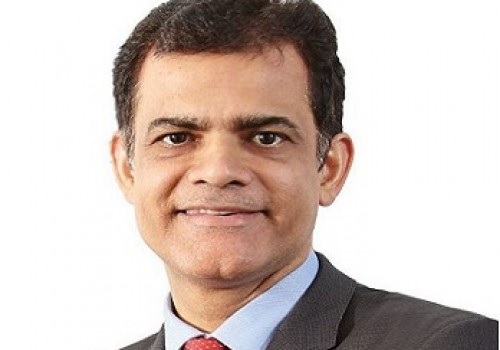






More News
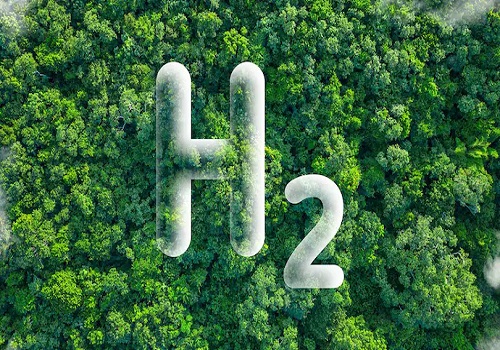
Green Hydrogen Sector Update : Latest bidding rounds imply ~USD3.8/kg LCOH currently By Emka...


